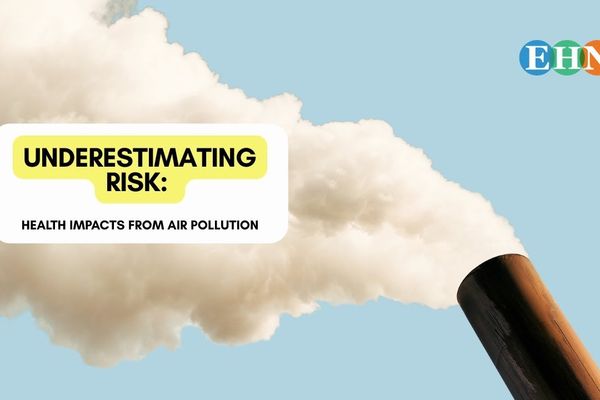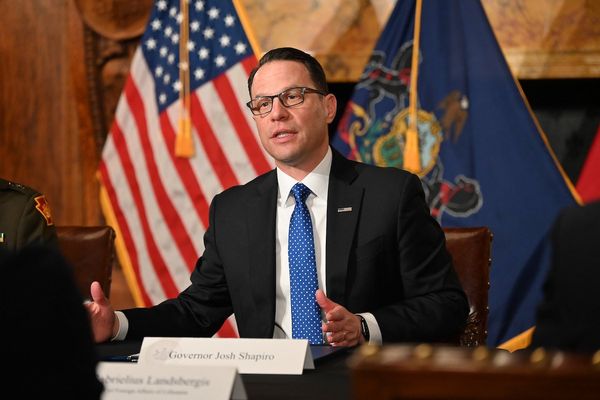
Elon Musk leverages ties with Trump and Xi for Tesla’s success
Tesla CEO Elon Musk’s relationships with Donald Trump and Xi Jinping position him to influence U.S.-China trade dynamics as tensions escalate over tariffs and EV supply chains.
Amy Hawkins reports for The Guardian.
In short:
- Elon Musk, CEO of Tesla, maintains close ties with both Donald Trump and Xi Jinping, enabling strategic navigation of U.S.-China trade issues.
- Tesla’s operations in China include its largest factory and new investments in battery production, benefiting from favorable terms from the Chinese government.
- Trump’s proposed tariffs on Chinese imports, including EVs, may challenge Tesla, but Musk’s influence could lead to exemptions or softened trade policies.
Key quote:
“To have [Musk] there, it offsets a little of the hawkishness from Rubio and others.”
— Daniel Ives, the global head of technology research at Wedbush Securities
Why this matters:
Musk’s ability to balance relationships with rival superpowers underscores the interconnected nature of global trade and clean energy industries. With EVs and batteries central to both nations’ economic priorities, Tesla’s success could shape broader U.S.-China relations.
Related: Tesla's turbulent shift: Can Musk power through the transition?














